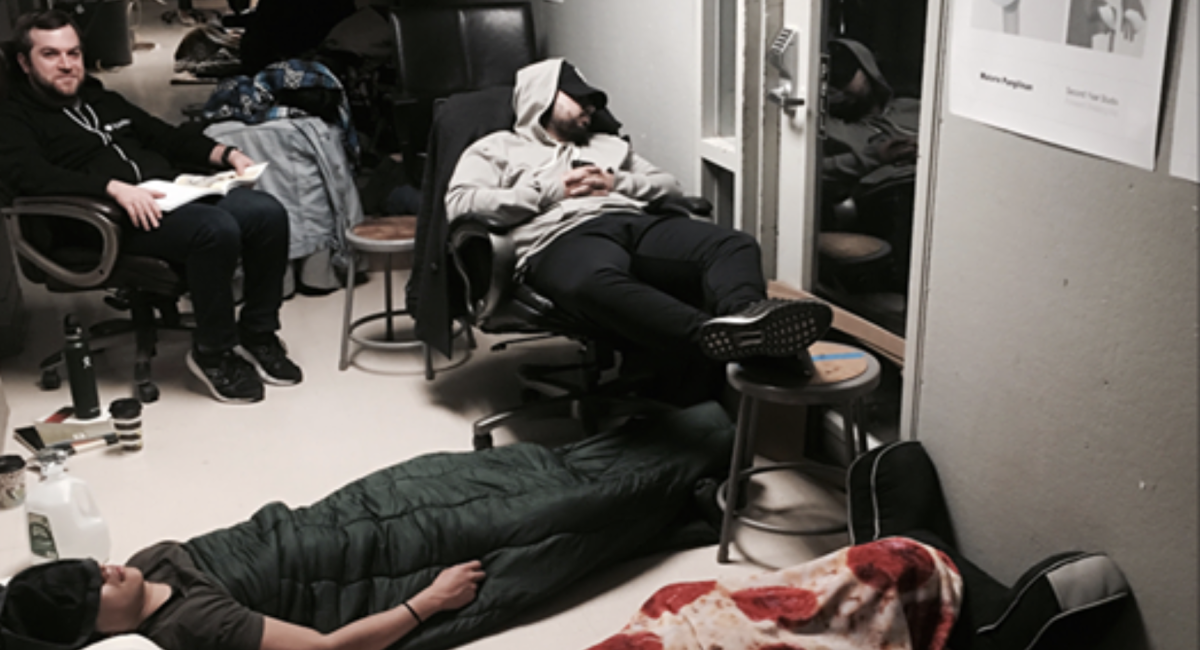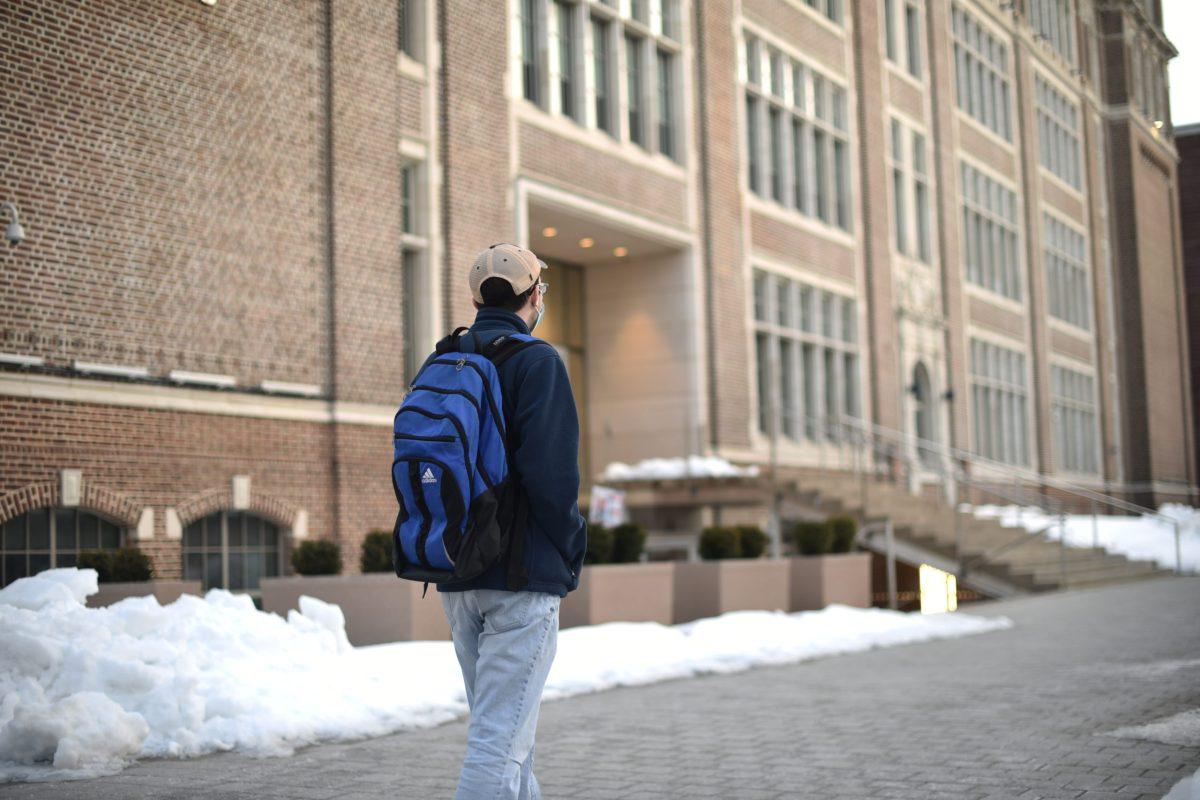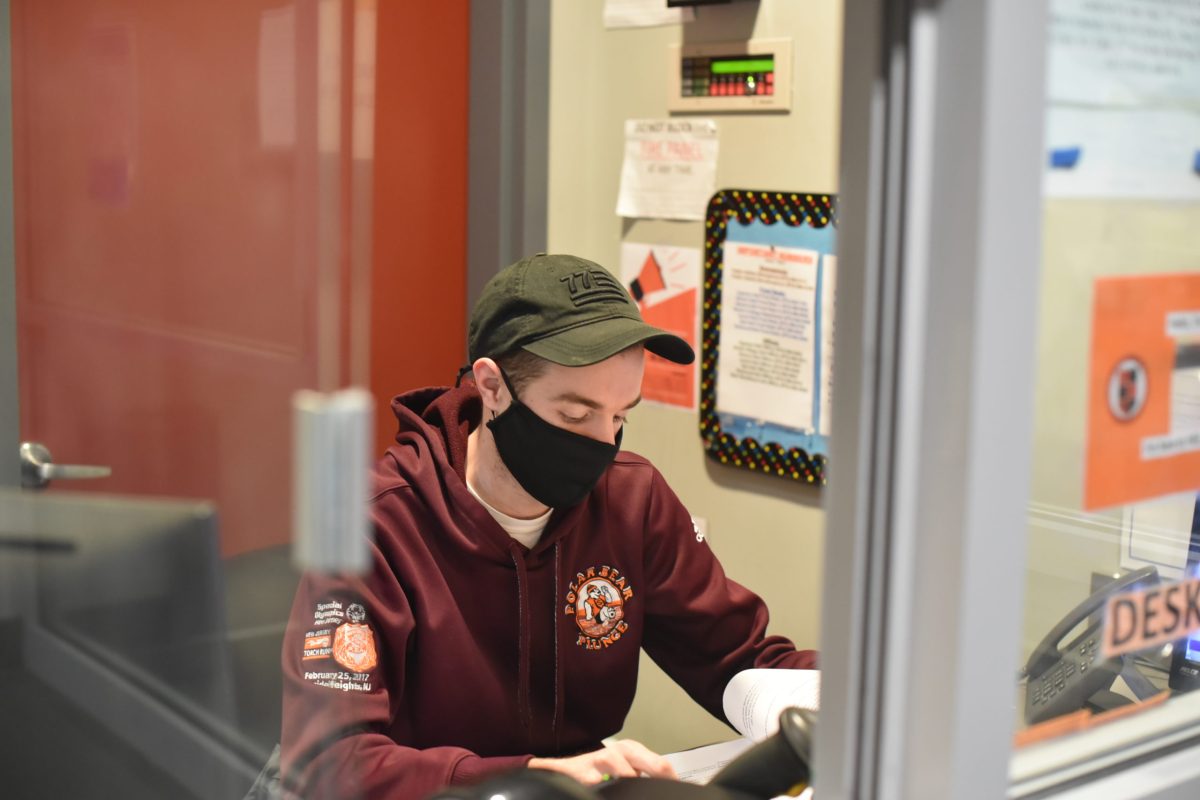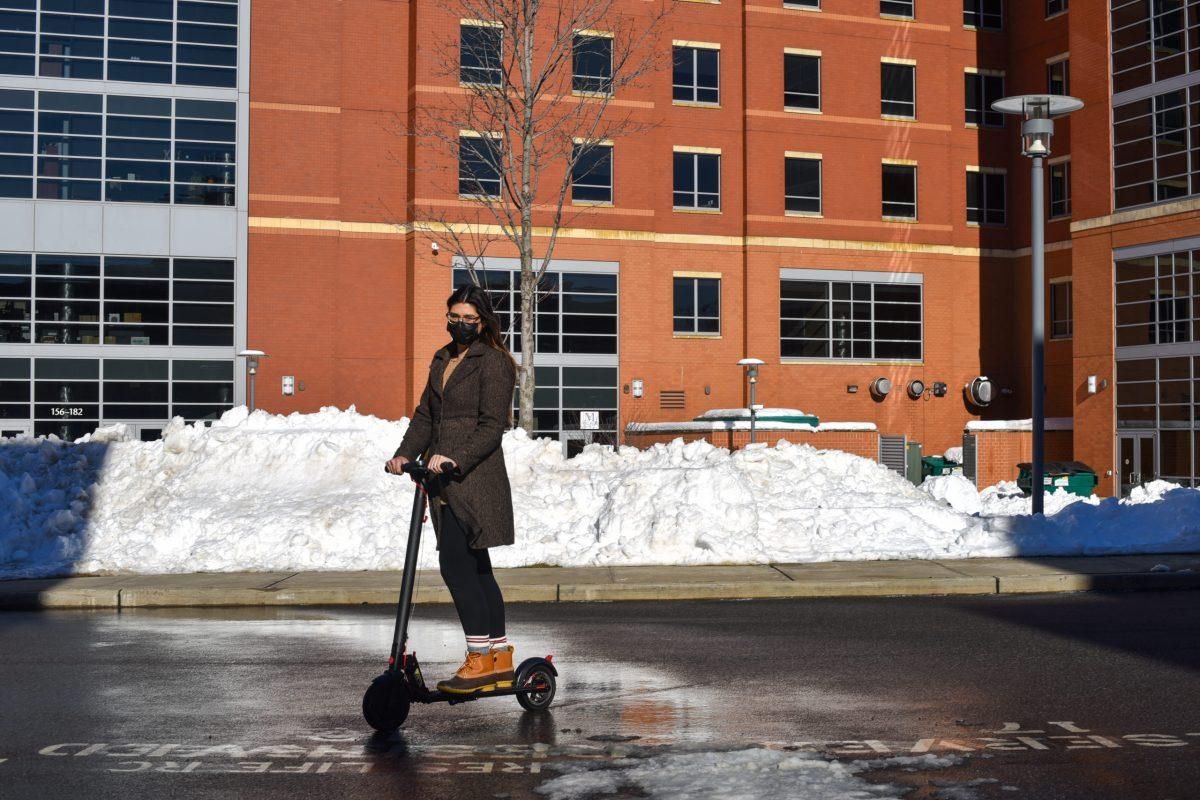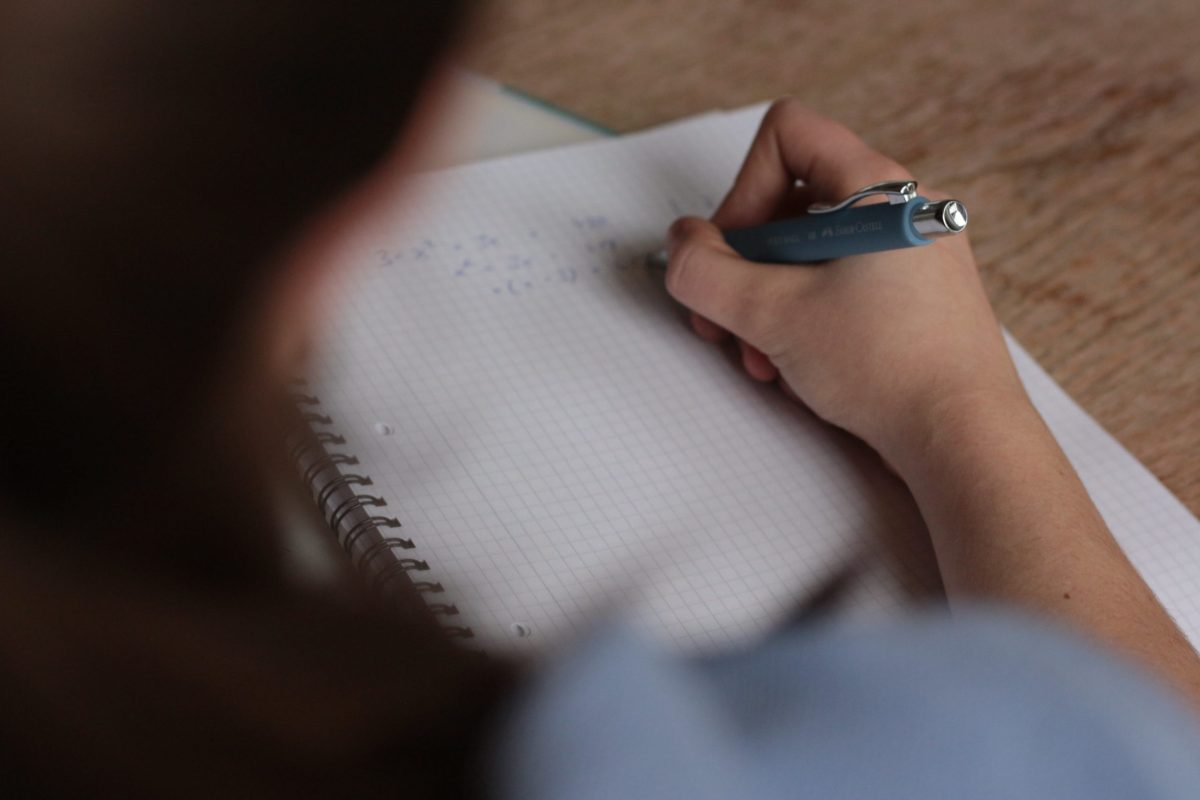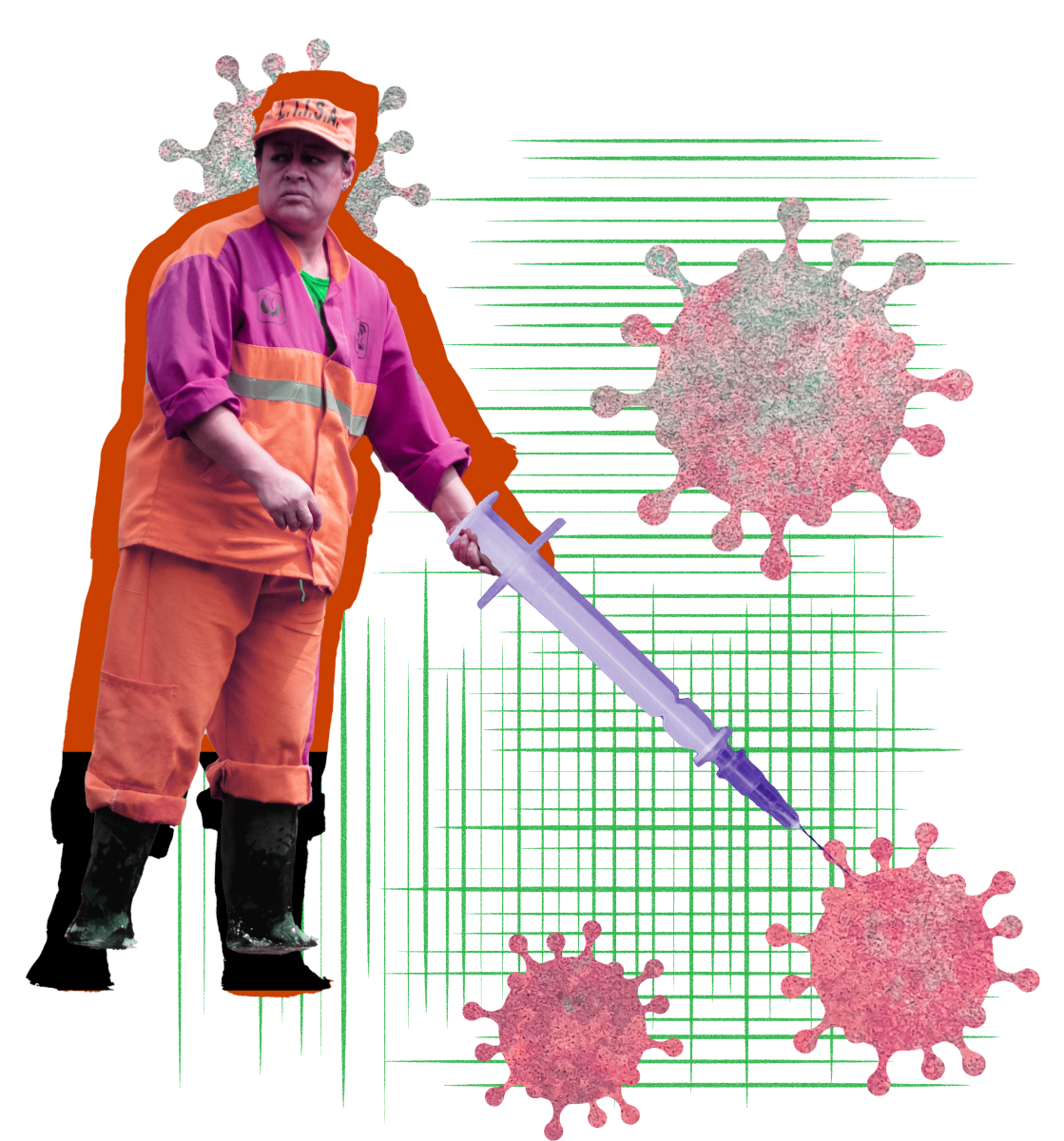[ngg_images source=”galleries” container_ids=”50″ display_type=”photocrati-nextgen_basic_slideshow” gallery_width=”1000″ gallery_height=”800″ cycle_effect=”fade” cycle_interval=”4″ show_thumbnail_link=”0″ thumbnail_link_text=”[Show picture list]” order_by=”sortorder” order_direction=”ASC” returns=”included” maximum_entity_count=”500″]
Dozens of architecture, or “archie” for short, students lined up outside of the laser cut room in hopes of being able to print portions of their final project one at a time the Tuesday before Thanksgiving this year. Over the long weekend, they turned to social media to express their discontent about having to camp out in hallways during Thanksgiving break for a chance to use machinery:
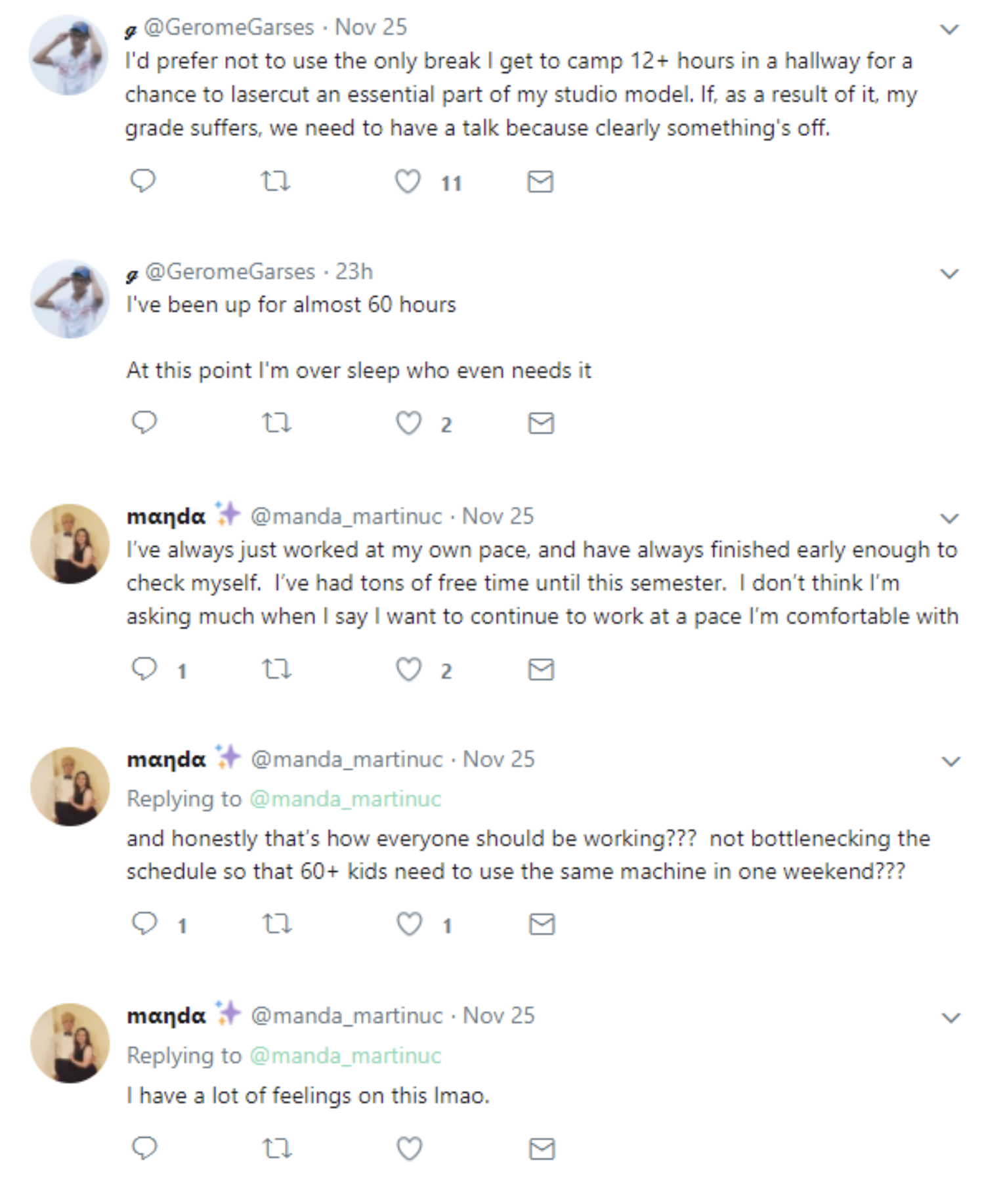
In response to the discontent, Interim Dean of the College of Architecture and Design (CoAD), Tony Schuman, asked for feedback and promised changes in studio culture at NJIT. The changes include online queues for using the laser cut room and electing spokespeople from each class to collaborate with professors, known as studio critics, to ensure studio work is assigned in a reasonable manner.
The third year architecture studio’s soft deadline for a physical model was Wednesday, November 29 to present to their professors; the hard deadline is Sunday, December 3 at 6 p.m. According to a study done by the University of Texas, architecture majors work the hardest out of all college majors in the United States. Alicia Fernandez, a third-year architecture student at NJIT says, “Staying up late in studio, sacrificing sleep, social events, and other classwork is almost like a rite of passage for archie students. It’s something you hate in the moment, but you’re proud of afterwards when you get through it with your peers.”
Vice President of NJIT’s chapter of American Institute of Architecture Students (AIAS), Elaine Gamolo, took to Twitter to express her disapproval of what she believes is “outdated” and unhealthy studio culture that has been elucidated by the third-year architecture studio’s recent project:
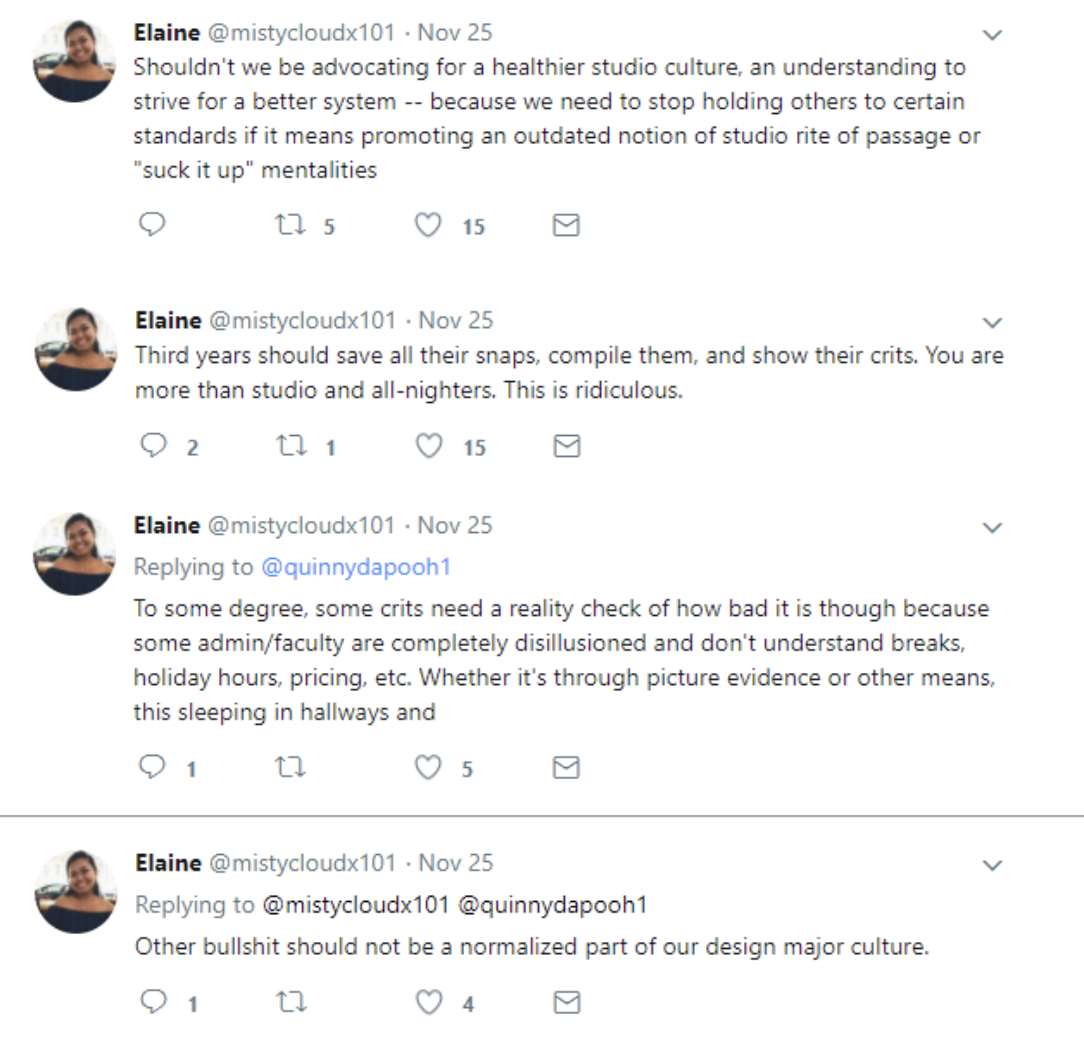
The laser cut room in Weston Hall has four laser cut machines available to students that can cost about $20-30 per hour. Add in the cost of fifty chipboard sheets and that amount almost triples by the hour.
86% of students laser cut their project, waited an average of almost 18 total hours in line, and spent an average of almost $108 on laser cutting alone, without the cost of chipboard included. About 36% of students decided to hand cut their project after having spent an average of 8 hours in line for a chance to laser cut for one hour. As a result, only 14% of students project they will finish their projects in time for the Sunday, December 3, 6 p.m. deadline.
Students like Sebastian Faciolince, another third-year architecture student, who researched laser cut services outside of NJIT found that prices are even higher at non-NJIT laser cut service providers. Choosing to stick with NJIT’s services, Faciolince still paid over $500 to laser cut his model after standing in line multiple times. A great deal of the expenses come from how detailed and complex the models themselves are:
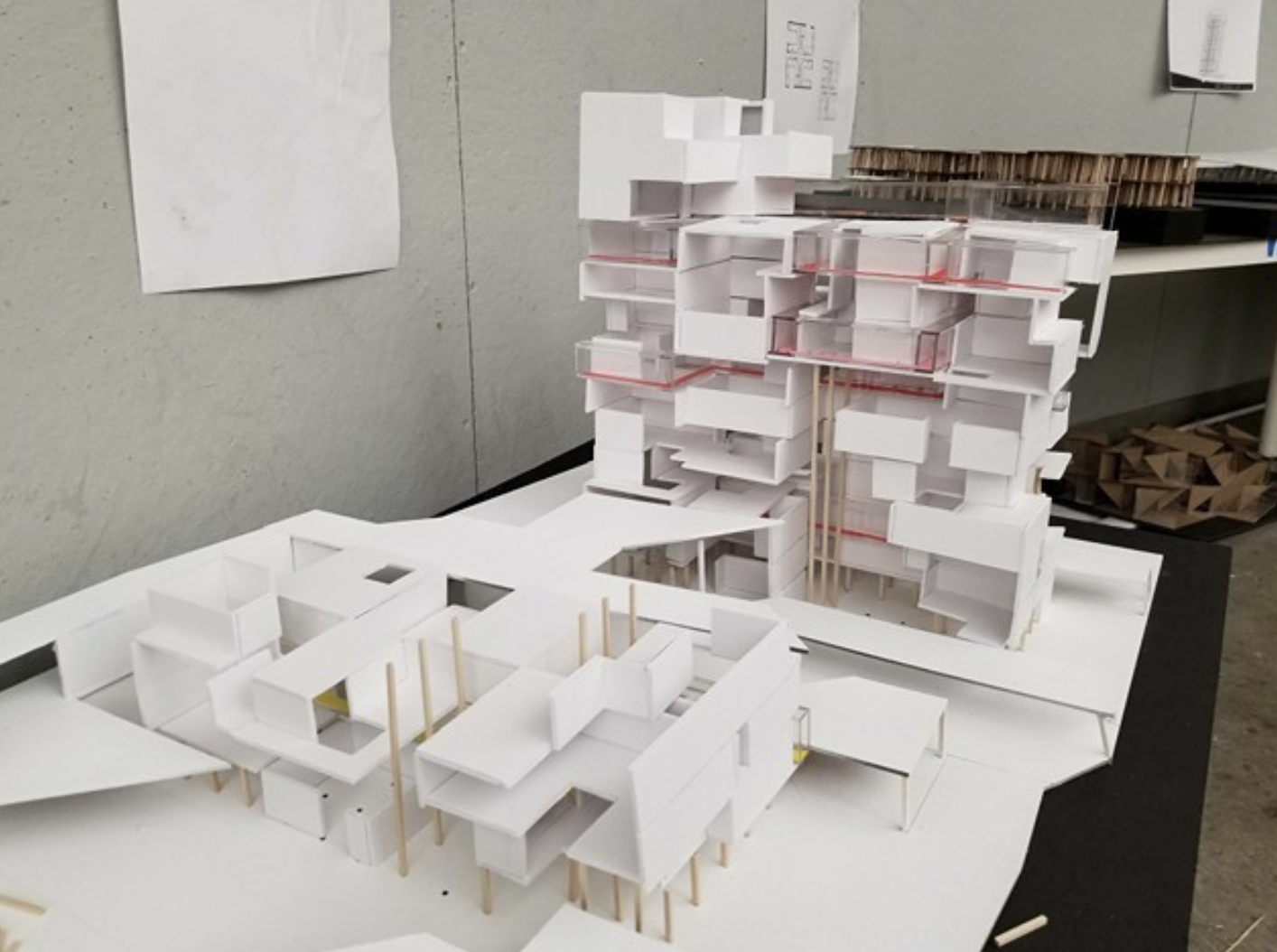
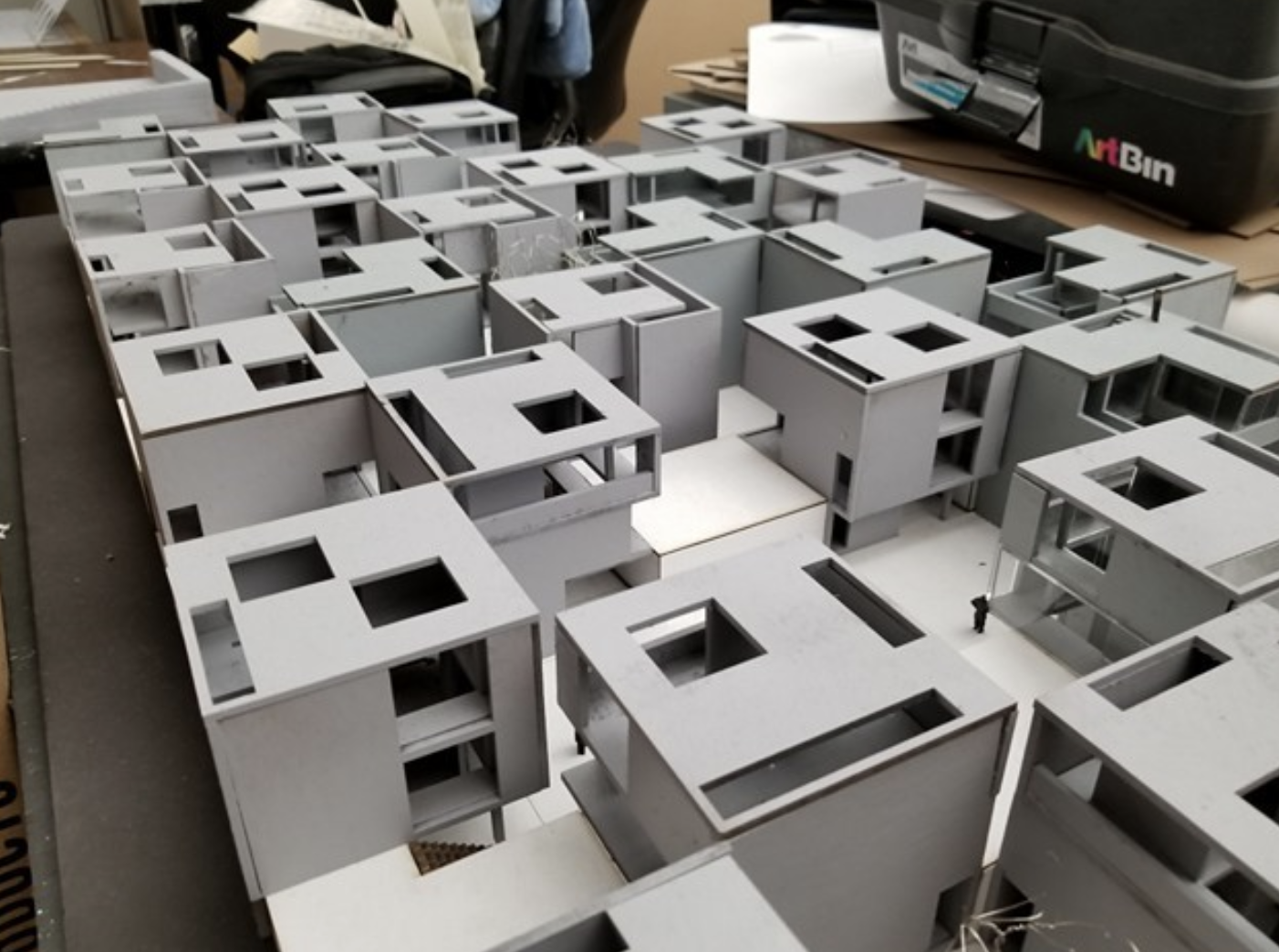
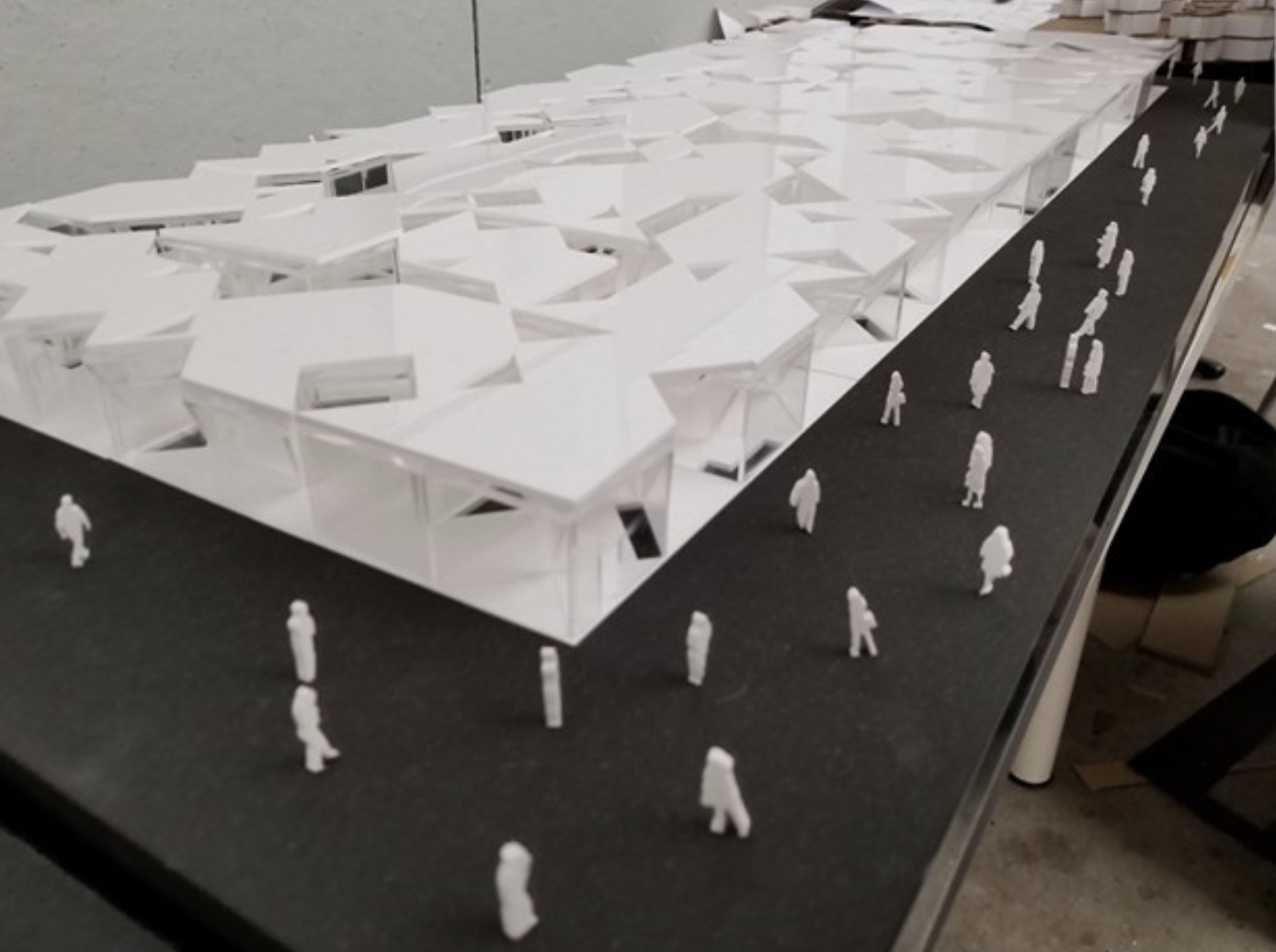
A student in the same studio, Joanna Khater, disclosed that she has $30 left in her bank account after spending several hundred on her project. “I don’t even know if I can buy food if I’m hungry, because I still need to buy more supplies for my project,” she says.
Keith Scheidler, yet another a third-year architecture student, chose to hand cut parts of his model to avoid laser cut costs and lines. However, this process is time consuming, too. “You’re not going to get the same quality if you hand cut, but you still have to take your time. I had to have my friend help me out in order to be less behind,” says Scheidler.
Professors who are grading projects tend to be understanding when it comes to the crossroads of project quality and finances. “If you communicate with your crit about your situation and that maybe you don’t have the budget for a higher quality project, they’re not going to dock your grade. It’s about your ideas, not how expensive your model is,” continued Schneider.
As students struggled to complete their projects on Wednesday, Nov. 29, Interim Dean Schuman sent a memo stressing that recognizing the importance of physical and mental well-being of students is a top priority. A few of the crucial changes include:
- Students will no longer have to camp out in hallways; the laser cut machinery queue will be entirely online.
- Each student will be allowed to cut for a maximum of one hour. If they need to cut any more, they have to enter the online queue once again to gain another hour of cutting time.
- Each studio will elect a spokesperson who will communicate with studio professors about what a reasonable amount of work to assign within a deadline that does not conflict with the week of final exams and/or papers is.
- Studio professors are not to treat studio work as more important than other coursework.
In response to Interim Dean Schuman’s memo, most students are hopeful that the new administration will ensure these changes are effective and followed through with.
“In the past, we’ve heard about changes that would be made that never actually ended up happening. I have a good feeling that the new administration will actually implement these important changes though,” says Matteo Ferraro, another student in the third-year architecture studio.
Photo Credit to Cassidy Lavine and Matthew Casaverde
























